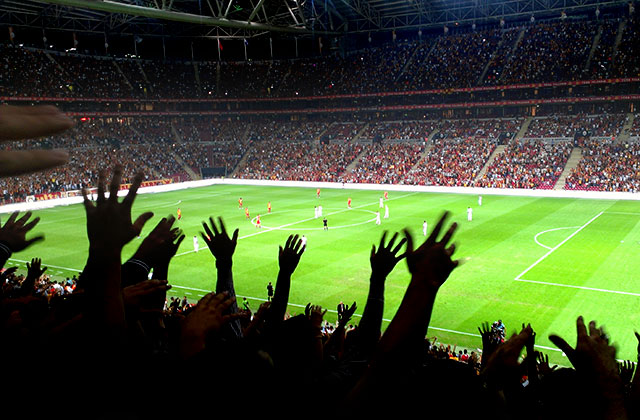‘Manchester United's revival ended
on the day Roy Keane came back. Those two facts are utterly unconnected.The real comeback at Ewood Park yesterday was performed by United's biggest enemy within: complacency, shading into arrogance, of the sort that comes with eight consecutive wins.
What Blackburn's wounding 1-0 victory over Sir Alex Ferguson's men suggests is that Keane's intimidating presence is still a big part of the mix.
Not for the purposes of frightening the opposition, you understand, but keeping his own team's minds on the job. The first half-hour of this match provided abundant proof that the old fear of United and their lethally quick counter-attacking had come back to life.
United were behaving as if it was up to them to choose the minute in which they would score. These inferior mid-table neighbours would be dispatched, but all in good time. So often a team with this mindset pay a price for their nonchalance. Flitcroft's driven goal was the rifle crack that confirmed the inevitability of Keane's first Premiership appearance since Aug 31.
Keane's first appearance along the touchline thrilled United's boisterous supporters, who had watched their supposedly faltering heroes win nine of their last 10 games. Like a prizefighter on a morning run, he jogged towards them in black woolly hat pulled tight to his brows. David Beckham's meticulously coiffured locks bobbed alongside. The United fans, though, hardly noticed.
They were here to mark the return of the club's dark star, who finally disrobed to replace another blond, Diego Forlan, 59 minutes into a game Blackburn seemed increasingly confident of winning.
The last time he was seen in a Premiership match, Keane was making a point to Sunderland's Jason McAteer with his elbow.
That was Aug 31, and the world was dividing into those who defended him as a speaker of uncomfortable truths and a much larger group who thought he had lost his moral compass. Left it, maybe, in an opponent's thigh or on the pages of a ghost-written cry tome.
United's revival had challenged the old English assumption that footballers should find a single position and stick to it. More by accident than design, Ferguson discovered that Ruud van Nistelrooy was not the only Dutch influence at Old Trafford.
Total Football would be stretching the point, but in recent weeks he has reinvented Phil Neville as a central midfielder, granted Mikael Silvestre his wish to play centre-half, made a left-back of John O'Shea and deployed Ole Gunnar Solskjaer in Beckham's usual position, wide right. Thus the emperor's long reign was moving into more fluid and interesting times.’
